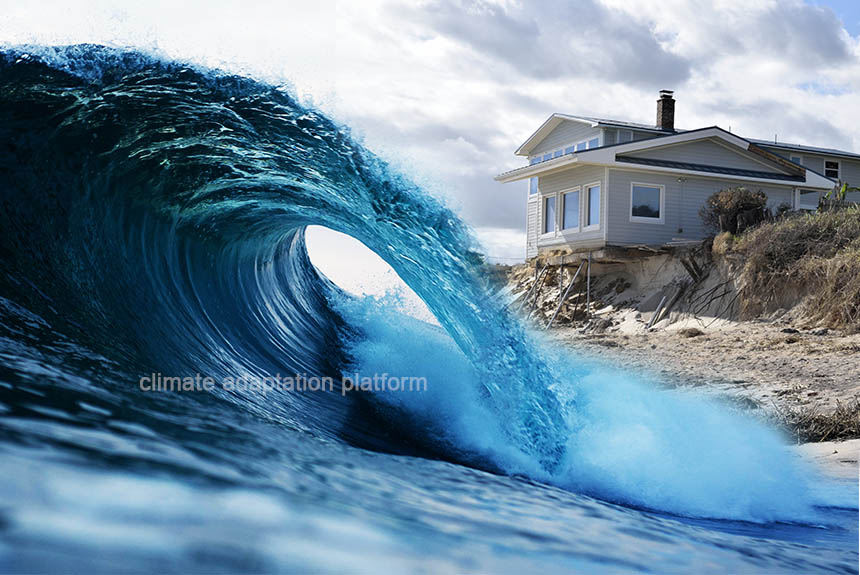A study published in the Journal of Geophysical Research-Oceans found that the winter wave heights off the coast of California had grown by as much as a foot since 1970, when global warming started accelerating.
Author and UC San Diego Scripps Institution of Oceanography researcher emeritus Peter Bromirski also found that storms that produce waves of at least 13 feet tall or 4 meters have become more common, occurring twice as often between 1996 and 2016 than from 1949 to 1969 in California’s coast as temperature increases.
The study used historical data stretching back 90 years to understand how waves have changed. Bromirski used a team of undergraduate students who combed through decades’ worth of daily seismic readings dating back to 1931 up to 2021. The task is painstaking and took years, but learning about the changes along California’s coast is critical, covering almost 100 years.
The study used seismic data as a proxy for wave height. When waves bounce off the shore, they crash with incoming waves, sending energy down into the ocean floor, which can be picked up and recorded by a seismograph designed to record earthquakes. More energy equates with taller waves.
Scientists have only started making wave height measurements since 1980, but the seismic data from 1931 allows Bromirski to look at wave height from close to a century ago.
Data also shows taller waves and more intense storms, which did not surprise Brominsky as it tracks the effects of increasing temperatures. “Warming puts more energy into the atmosphere, and you end up with stronger storms, which produce stronger winds and higher waves,” he told The Eagle-Tribune.
But before 1970, Brominksi found extensive periods of shallow wave heights.
“Erosion, coastal flooding, damage to coastal infrastructure is, you know, something that we’re seeing more frequently than in the past,” Bromirski said. “And, you know, combined with sea level rise, bigger waves mean that is going to happen more often” (Watson, 2023).
Brominski says that his study’s finding shows what the future holds. Scientists predict climate change will only accelerate, which means taller waves.
Sea level rise and intensifying storms linked to the warming planet will also exacerbate the effects of big waves along coastlines, resulting in increased flooding, beach and sea cliff erosions, infrastructure damage, and affect near coastal ecology and aquifers, according to the study.
“We know hurricanes are more intense and last longer, and now we’ve got, you know, waves increasing in power. So those are all consistent,” he said. “The challenge … is sort of how to really respond to that” (Watson, 2023).
Source:
Bromirski, P. D. (2023). Climate-induced decadal ocean wave height variability from microseisms: 1931–2021. Journal of Geophysical Research: Oceans, 128, e2023JC019722. https://doi.org/10.1029/2023JC019722
Watson, J. (2023, August 6). Big waves becoming more common off California as Earth warms, new research finds. Phys.Org. Retrieved from https://phys.org/news/2023-08-surfs-california-bigger-earth.html
Robbins, G. (2023, August 1). Waves along parts of California coast are getting bigger and badder due to climate change, new study says. Retrieved from https://www.eagletribune.com/region/waves-along-parts-of-california-coast-are-getting-bigger-and-badder-due-to-climate-change/article_9be8c299-7800-5b93-b7d4-c798b5ccad7c.html



Leave a Reply